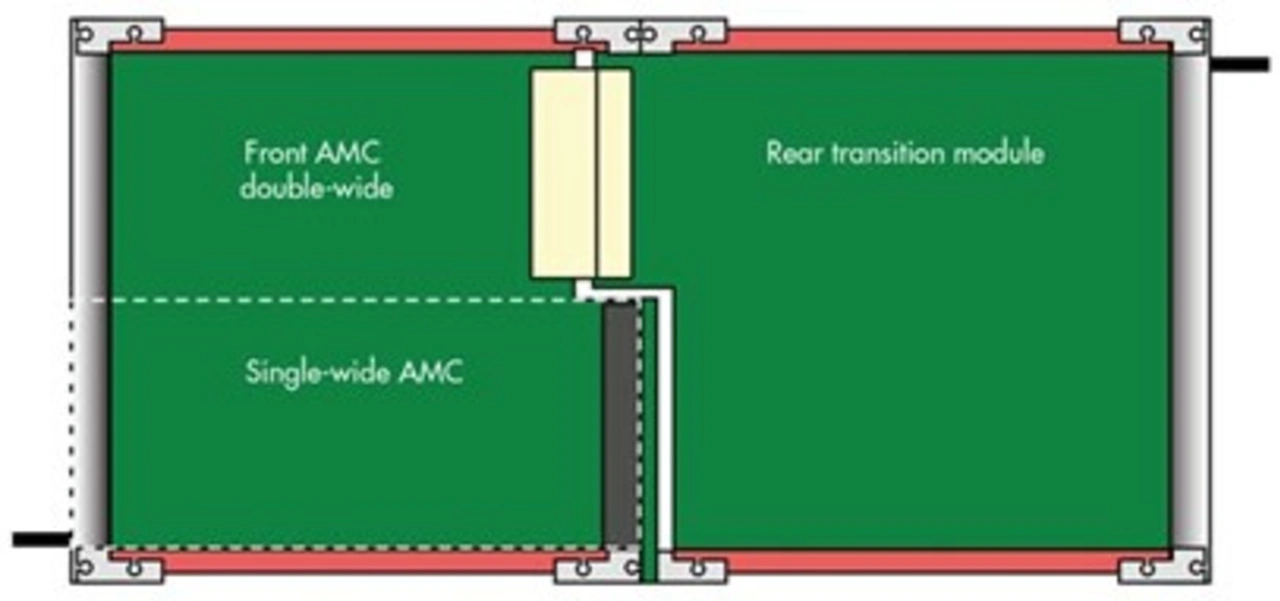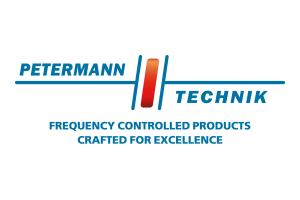The evolution never ends
PICMG announces new MicroTCA specifications
PICMG announces that the MicroTCA Working Group is working on the next generation of the MTCA architecture specifications initially launched in 2006. Efforts target improvements for time sensitive and high bandwidth applications such as in high-energy physics.
Current work includes accommodations for the next generation of CPUs and FPGAs that will natively support PCIe gen 5. Future applications in industry require this higher bandwidth i.e. for image processing, signal detection or data acquisition. As current CPU speeds are limited by 80 W per slot power limit the support of more power for faster CPUs is on the task list as well. Future applications will also require other kinds of high- and low-speed fabrics paired with more flexibility in system design. The science market segment for high frame rate Megapixel detectors of the actual photon experiments requires even higher throughput. Thus, all these demands are scheduled to become part of the new releases of these successful specifications. With all these improvements MicroTCA continues to be an pro-active specification with significant updates to support high-bandwidth backplane interconnects. Latest update of the specs happened as recently as 2020.
»I am more than happy that the MicroTCA Working Group is pro-actively addressing the recent demands. The new spec will find its way into many different vertical markets due to the flexibility of MicroTCA«, says Heiko Koerte, VP and Director Sales & Marketing of N.A.T.
About MicroTCA
MicroTCA is a modular, open standard for building high-performance, backplane-based switched fabric computer systems in a small form factor. It has become the de facto standard for precision timing and synchronization equipment at world-renowned particle accelerators CERN, DESY, ESS, XFEL, KEK, SLAC, and others. Its architecture and features are also consistent with the Modular Open Systems Approach (MOSA) being adopted as part of the U.S. Department of Defense (DoD) electronic media acquisition policy.

Originally designed for edge telecom and networking use cases, the core MTCA.0 base specification defines the mechanical and electrical characteristics of a MicroTCA backplane, card cage, power subsystem, cooling, and system management. Since being ratified in 2011, the MTCA Base specification has been revised to support 10GBASE-KR and 40GBASE-KR4 Ethernet fabrics and spawned four additional sub-specifications adapted for data acquisition, control, and telemetry in markets such as high-energy physics, avionics, defense, mobile infrastructure, and others.
- MicroTCA.0 – The Base specification defines MicroTCA’s electrical, mechanical, thermal, and management characteristics, including support for implemented in MicroTCA.0 Revision 2.0 in 2020.
- MicroTCA.1 – Adds ruggedization features and forced-air cooling.
- MicroTCA.2 – Expands shock, vibration, and temperature operation, allowing for both air and conduction cooling.
- MicroTCA.3 – Continues to increase compliance threshold for shock, vibration, and temperature and requires the use of conduction cooling.
- MicroTCA.4 – Adds features for the scientific community such as Rear Transition Modules (RTMs), which improve RF filtering, pre- and post-processing, clock generation, etc.
Developed as a reduced-footprint alternative to the popular AdvancedTCA family of specifications, MicroTCA defines a backplane-based system for plug-in Advanced Mezzanine Cards (AdvancedMCs). AdvancedMCs are available in different sizes (Full-size, Mid-size, Compact) and can be sourced from multiple vendors to add compute, storage, I/O, and other functionality to a MicroTCA chassis without modification. As mentioned previously, the MTCA.4 sub-specification also adds support for RTMs that increase system expansion possibilities in scientific applications.
A single MicroTCA system contains up to 12 AdvancedMC slots, and up to two MicroTCA Carrier Hubs (MCHs). MCHs provide intelligent platform management, power delivery, and facilitate switching over Ethernet, PCIe, and/or Serial RapidIO backplane interconnect fabrics.
To learn more about the PICMG MicroTCA family of specifications, you can download the Short Form Specification for free at PICMG Homepage. You can also purchase Revision 2.0 of the MicroTCA Base Specification for $750. The current committee is led by Kay Rehlich of DESY, Heiko Koerte of N.A.T. and Thomas Holzapfel from powerBridge.





